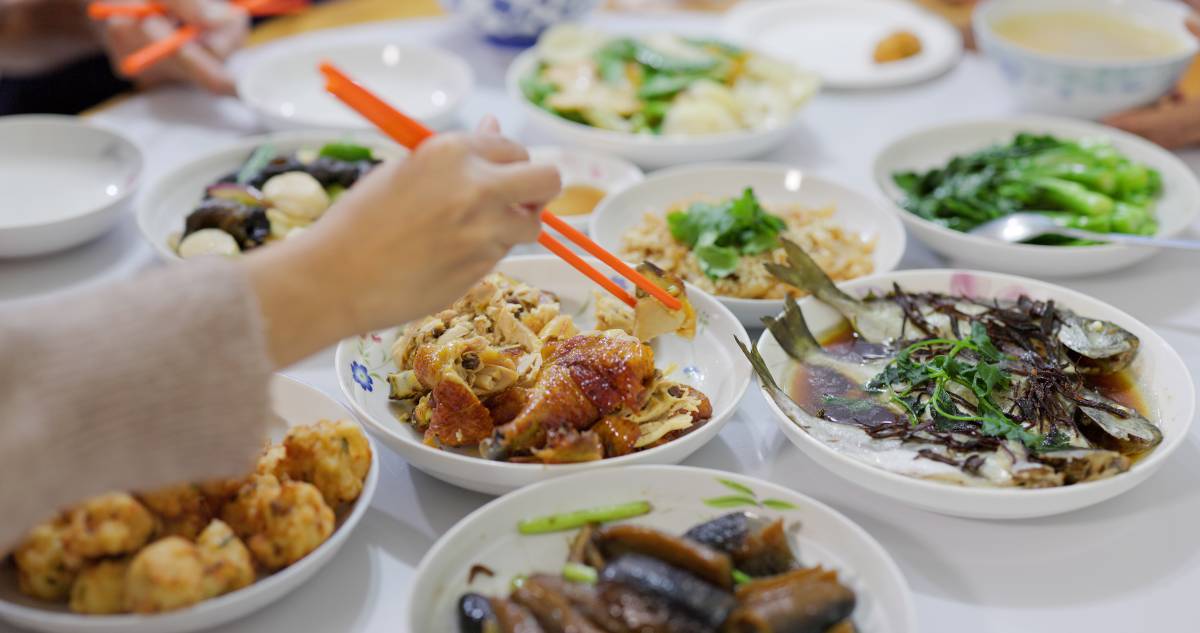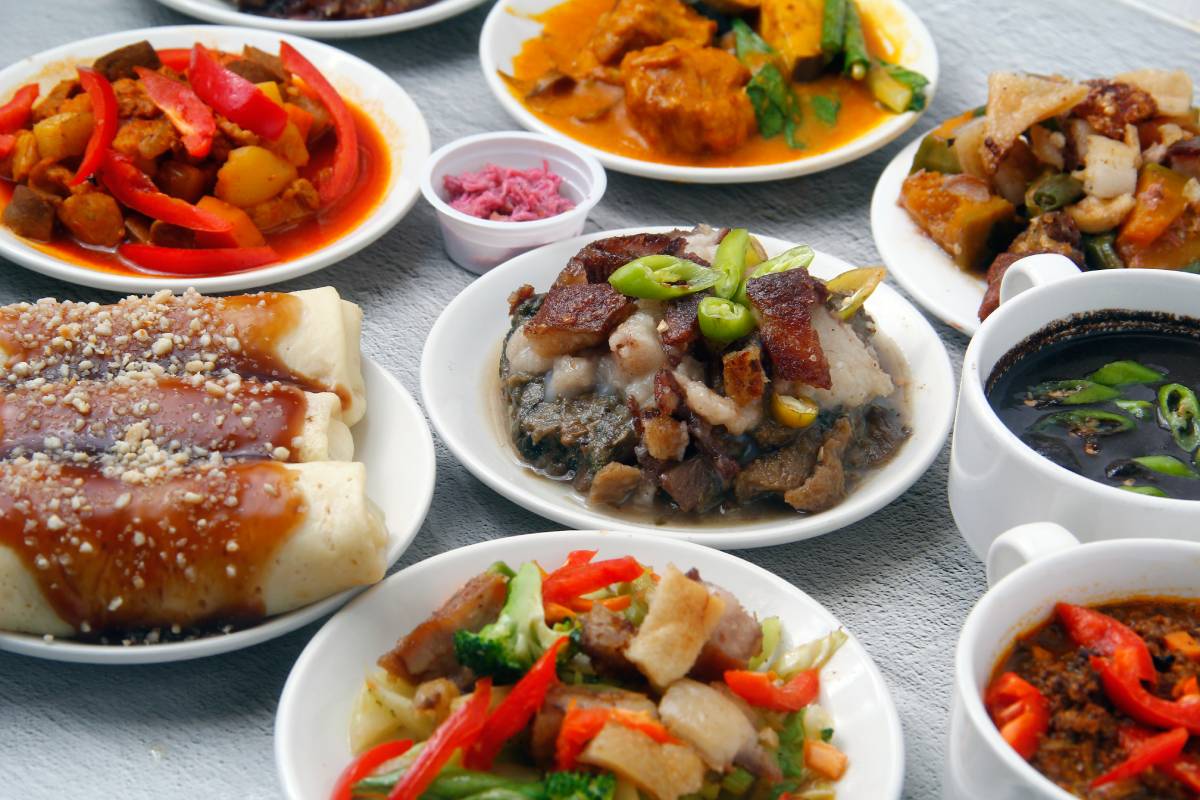The post What are the top 10 Chinese dishes? What is the tastiest Chinese dish? What are the 5 basic tastes in Chinese food? appeared first on The Cover Up Man.
]]>
What are the top 10 Chinese dishes?
Chinese cuisine is rich and diverse, offering a delightful array of flavors and textures. If you’re eager to explore the top 10 Chinese dishes, here’s a quick guide to tantalize your taste buds.
- Peking Duck: Peking Duck is a crispy-skinned, succulent dish hailing from Beijing. Served with thin pancakes, hoisin sauce, and sliced scallions, it’s a perfect balance of crispy and tender.
- Kung Pao Chicken: Kung Pao Chicken, a spicy and savory delight, features diced chicken, peanuts, and vegetables in a flavorful sauce, creating a mouthwatering combination.
- Hot and Sour Soup: This classic soup brings together the perfect harmony of spicy and tangy flavors, with ingredients like tofu, mushrooms, and bamboo shoots swimming in a savory broth.
- Dim Sum: Dim Sum is a delightful assortment of bite-sized dumplings and snacks, showcasing the artistry of Chinese culinary craftsmanship.
- Mapo Tofu: Mapo Tofu is a Sichuan specialty, featuring soft tofu in a fiery, flavorful sauce. The dish is a perfect balance of spiciness and the delicate texture of tofu.
- Chow Mein: Chow Mein, a popular stir-fried noodle dish, is a crunchy and flavorful medley of noodles, vegetables, and often, your choice of meat.
- Spring Rolls: Crispy and filled with a mix of vegetables or meat, Spring Rolls are a delicious and iconic Chinese appetizer, often served with a sweet and tangy dipping sauce.
- Sweet and Sour Pork: Sweet and Sour Pork is a timeless classic, featuring crispy fried pork pieces coated in a delectable sweet and tangy sauce.
- Hainanese Chicken Rice: Hainanese Chicken Rice is a simple yet incredibly flavorful dish, where poached chicken is served with fragrant rice and accompanied by dipping sauces.
- Ma La Xiang Guo: Ma La Xiang Guo is a spicy and numbing stir-fry, allowing you to customize your dish by selecting various ingredients like meats, vegetables, and noodles.
These top 10 Chinese dishes represent just a glimpse of the culinary wonders China has to offer. Whether you’re a fan of crispy, savory, spicy, or sweet, Chinese cuisine has something to satisfy every palate. So, dive into the world of Chinese flavors and let your taste buds embark on a delicious journey.



The post What are the top 10 Chinese dishes? What is the tastiest Chinese dish? What are the 5 basic tastes in Chinese food? appeared first on The Cover Up Man.
]]>